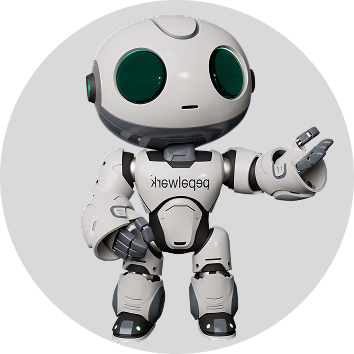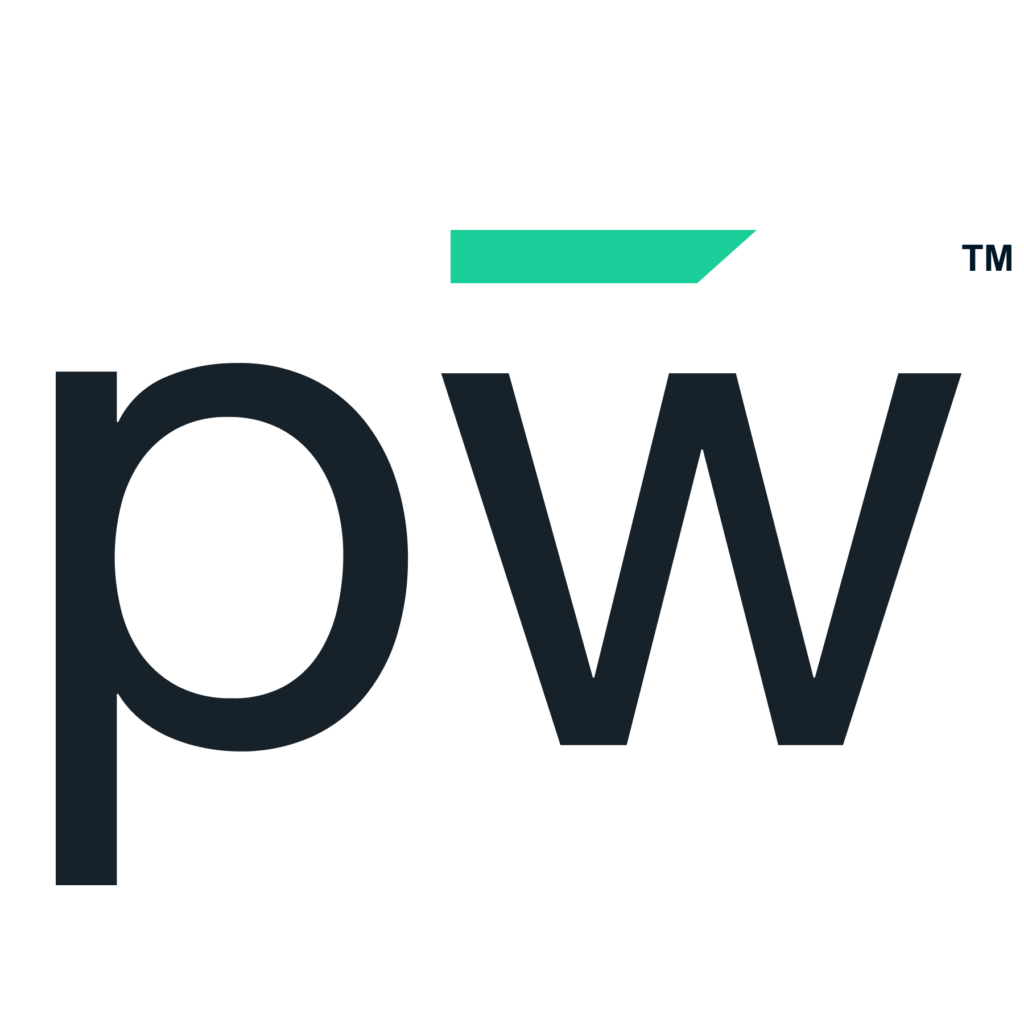As a manager, having to fire an employee causes anxiety. These decisions don’t come lightly. Though challenging, firing employees is a necessary task in the working world. As a result, many experts have provided insights on how to fire someone the “right” way.
Much of the time, this advice involves strategies to provide feedback, discuss performance and show compassion. What these “rules” of firing leave out is the origin of the issue: antiquated recruitment tactics.
If you look at it from this angle, you can untangle the web of complexities that land employers and workers in the firing conversation and learn how to fire someone.
Not every employee will work out, but it starts with better candidate alignment.
The status quo of job recruitment is putting a job description out there, receiving stacks of resumes and letting your applicant tracking system handle the first round of rejections. The dependence on this model is not sustainable — as revealed in the growing cost of hires and turnover. Losing and replacing an employee can cost you one-half to two times their annual salary or more.
In theory, this process seems like the best approach, but honestly, it’s just broken. Looking at people as just a piece of paper is one-dimensional. A resume can give you a cursory idea of experience but rarely fills in all the details of their skills, aptitudes, abilities and perspectives.
If you find yourself in this cycle, then you’re always trying to improve how you fire someone. That’s not a skill you want to hone because it means more costs and chaos.
A better firing approach starts with rethinking hiring so it’s skills-based.
If you change your idea of talent acquisition to one that leverages modern recruiting software, you’ll be able to identify better candidates using skills matching. Skills-based hiring transforms hiring and firing because it ensures better alignment on both sides. It’s far more effective than career pathways because these have limitations that no longer fit the modern world of work for employers or candidates.
Skills-based hiring uses advanced technology and AI-powered algorithms to match job and talent profiles. There’s no job ad or application process. Instead, there’s a deep analysis of the candidate’s abilities, attributes and attitudes and how they align with the capabilities to do the job.
If you hire better, you fire less.
The shift to reimagine hiring also moves you toward performance-based hiring. You improve the quality of hires, create a more diverse workplace and decrease costs. Your talent pipeline will stay healthy and bring forward those with crucial soft skills to do the role well and be a great culture fit.
Candidates get a fairer, more human experience — something they long for in the age of form rejection emails. In this performance-based model, the likelihood that someone won’t live up to expectations or requirements plummets.
Learn how to fire someone to keep them moving.
There is no perfect scenario where you never have to face the difficult task of firing, but improving your hiring process so it’s based on skills and abilities can reduce them. If you use this new approach, the need to fire someone may have nothing to do with their suitability but the necessity for layoffs. In these cases, the hire was great, and you’ve contributed to their upskilling and personal development, hopefully setting them up for future success.
Being fired doesn’t always equal career trauma. There will be mismatches between an employee and a company on occasion. What you learn from the process enables you to rethink specific skills needed for roles. You can also provide feedback to the employees about how their abilities align more with other positions.
pepelwerk is the bridge to building a workforce for today and tomorrow.
With our recruitment technology platform, you have the tools you need to hire based on skills and fit. Our AI goes far beyond resume keyword matching to deliver vetted employees that can bring value to your organization.
Our solutions are revolutionizing recruitment, helping you achieve less turnover and more employee satisfaction. Start building your team today by creating an account.










